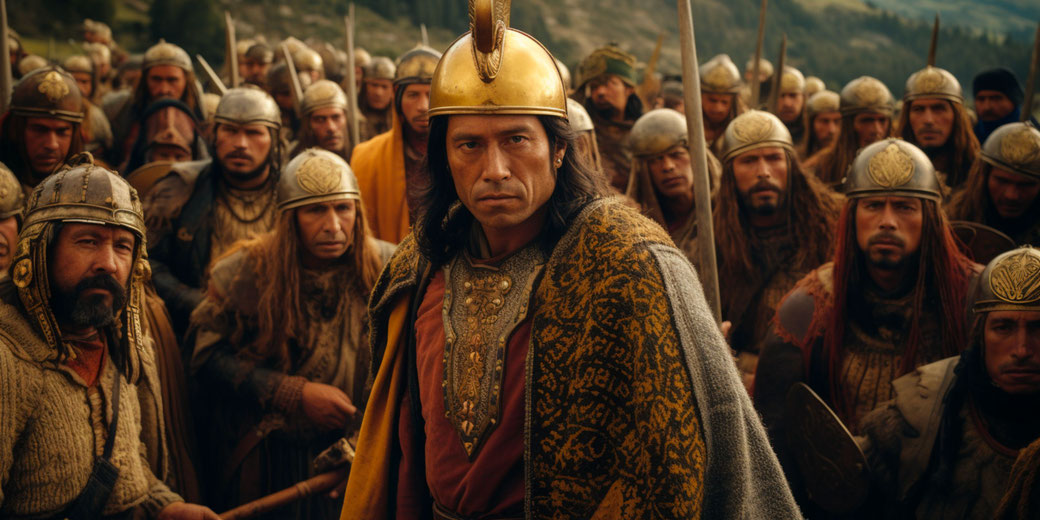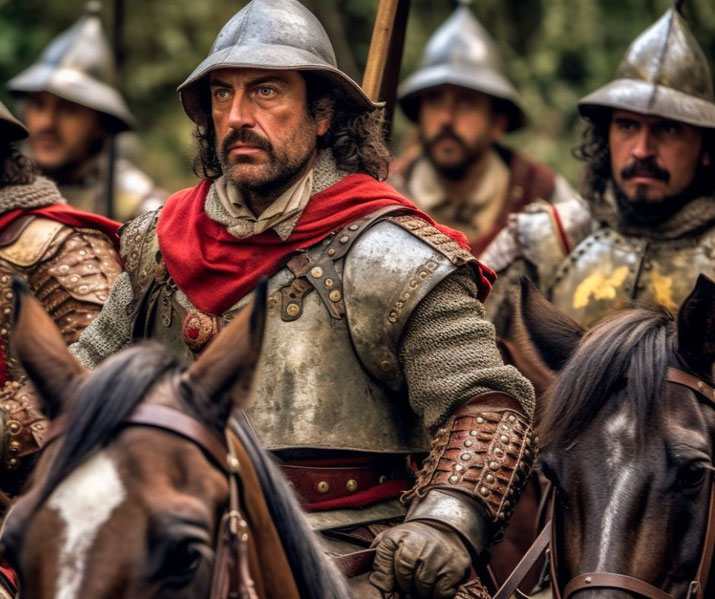How the Spanish destroyed the Inca Empire

The Inca Empire, with its vast territories and advanced civilization, was the largest empire in pre-Columbian America.
By the early 16th century, it stretched along the Andes Mountains, covering present-day Peru, Ecuador, Bolivia, and parts of Chile, Argentina, and Colombia.
However, in the 1530s, this mighty empire faced a formidable challenge from a small group of Spanish conquistadors led by Francisco Pizarro.
Why the Inca Empire was in crisis
The Incas had a well-organized society, with a centralized government and a powerful army.
They built impressive cities like Machu Picchu and developed advanced agricultural techniques.
Their road system was one of the most sophisticated of the ancient world, connecting distant parts of the empire.
However, the empire also had internal problems. When the Spanish arrived, the Incas were recovering from a civil war between two royal brothers, Atahualpa and Huáscar.
This division weakened the empire and made it more vulnerable to outside threats.
The arrival of the Spanish
Francisco Pizarro and his small band of soldiers arrived on the coast of Peru in 1532.
They were driven by a desire for wealth and the ambition to expand Spain's territories.
The Spanish had a few advantages over the Incas. They had horses, which the Incas had never seen before, and they had steel weapons and armor, which were superior to the bronze and stone tools of the Incas.
Additionally, the Spanish brought with them diseases like smallpox, to which the native population had no immunity.
These diseases spread rapidly and weakened the Inca population.

The capture of Atahualpa
One of the turning points in the conquest was the capture of the Inca ruler, Atahualpa.
Pizarro invited Atahualpa to a meeting in the town of Cajamarca. When Atahualpa arrived with a large group of unarmed followers, the Spanish ambushed them.
Many Incas were killed, and Atahualpa was taken prisoner. In exchange for his release, Atahualpa offered the Spanish a room filled with gold and silver.
Even after receiving the ransom, the Spanish executed Atahualpa, further destabilizing the Inca leadership.

The fall of Cusco and the end of an empire
With Atahualpa gone, the Spanish marched towards Cusco, the capital of the Inca Empire.
Despite fierce resistance from the remaining Inca forces, the city fell to the Spanish in 1533.
The Spanish established a new city on the ruins of Cusco. However, Pizarro established a new city on the coast called Lima in 1535, which became the capital of the Viceroyalty of Peru.
Cusco remained an important city, but its role was diminished under Spanish rule.
The conquest of the Inca Empire by the Spanish was a combination of military strategy, superior weaponry, and the exploitation of existing divisions within the Inca society.
The fall of the Inca Empire marked the end of thousands of years of indigenous dominance in the Andes and the beginning of nearly three centuries of Spanish colonial rule.
What do you need help with?
Download ready-to-use digital learning resources
Copyright © History Skills 2014-2024.
Contact via email
With the exception of links to external sites, some historical sources and extracts from specific publications, all content on this website is copyrighted by History Skills. This content may not be copied, republished or redistributed without written permission from the website creator. Please use the Contact page to obtain relevant permission.





